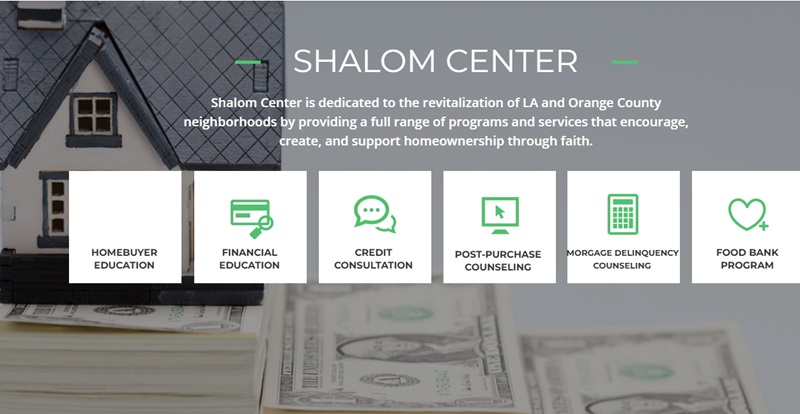Programs supporting first-time homebuyers have expanded, but many Korean Americans fail to benefit due to insufficient preparation.
The Shalom Center (Director Jee R Lee), which facilitates these programs, reported that over the past year (starting October of last year), 440 homebuyers received support through state and city government housing assistance programs.
The total amount of support reached $2.176 billion. Among the beneficiaries were 166 White applicants, 135 Asian applicants, and 63 Black applicants. Of the 135 Asian beneficiaries, 130 were Korean.
Although Koreans accounted for about 30% of the total beneficiaries, this proportion is relatively low considering that the Shalom Center is a Korean-American organization. Despite many applicants, the approval rate for Korean Americans remains low.

According to the Shalom Center, one out of every two Korean-American applicants fails to qualify due to issues such as improper income tax filing, poor debt management, and low credit scores.
Director Jee R Lee noted, “In many cases, applicants underreport their income, making it appear insufficient to maintain the home after receiving government assistance.” He added, “In addition to income, a high debt-to-income ratio (DTI) is also problematic. It is very important to ensure that monthly expenses do not exceed 45% of income.”
The Shalom Center facilitates several major housing assistance programs in the LA area, including:
-Dreams for All: Down payment assistance for first-time homebuyers.
-LIPA/MIPA: LA City programs for low- and middle-income down payment support.
-HOP: LA County’s housing assistance program.
-Wish Grant: Down payment matching programs for first-time homebuyers.
-CalHome: A grant program from the California state government.
Director Lee explained, “The LIPA program provided by the LA Housing Department supported $161,000 for 15 households on January 8 and March 12, respectively. By combining $100,000 in CalHome grants with the $161,000 in assistance, the beneficiary can buy a house.”
He emphasized, “Depending on the area, buyers can receive an additional $50,000 through grants and $30,000 through the Wish Grant, allowing for a maximum of $341,000 in total assistance.”
The center also noted a growing demand for manufactured homes among prospective buyers seeking affordable options. In densely populated areas like LA, where land is scarce, such homes are primarily available in outer regions such as Riverside and Imperial counties. These homes are priced between $400,000 and $500,000, offering affordability and reduced buyer burdens with down payment assistance.
Director Lee added, “It’s not widely known, but even first-time homebuyers with higher incomes can receive government housing assistance. Programs like CRA (Community Reinvestment Act) and CNB (City National Bank) are prime examples.”
The CRA (Community Reinvestment Act) program provides up to $15,000 in assistance for individuals with high incomes who face difficulties preparing a down payment, have low credit scores, and carry significant debt. The CNB (City National Bank) program offers up to $50,000 in support.
Director Lee emphasized, “Government housing assistance programs are diverse, and prospective buyers can secure substantial support by strategically aligning their financial situation with the appropriate program. Combining income with parents and purchasing a home under joint ownership is also an effective strategy.”
BY EUNYOUNG LEE [lee.eunyoung6@koreadaily.com]




